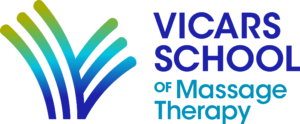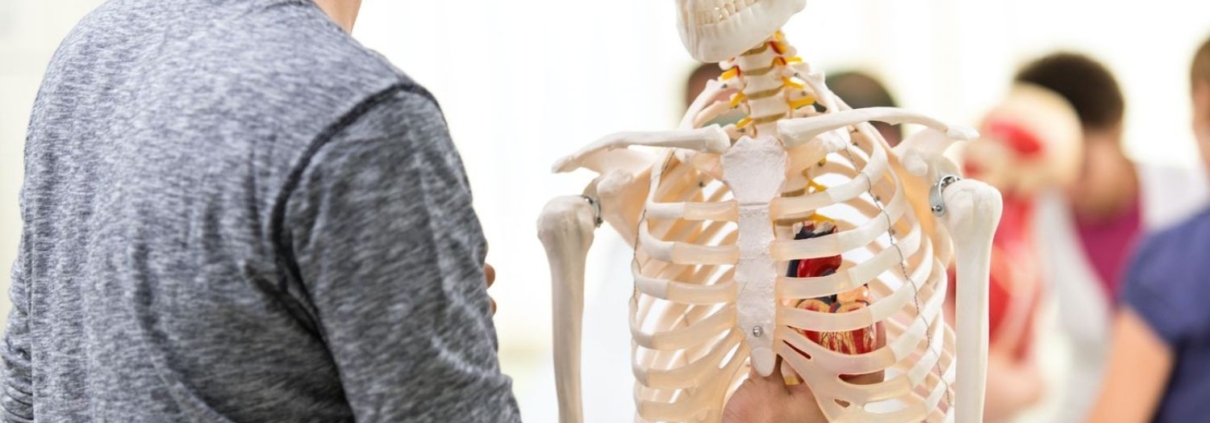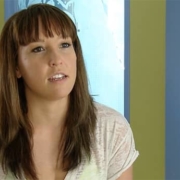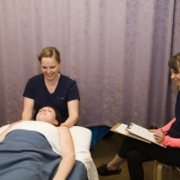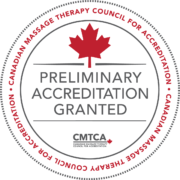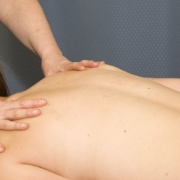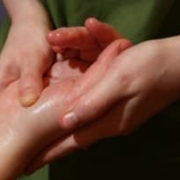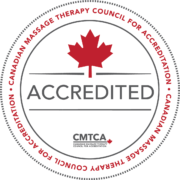Massage Therapy Training: 6 Tips to Help You Choose The Best School for You
Ready to Begin Your New Career?
This Essential Info Will Help You Get Started
Massage therapy is a thriving, in-demand career, ideal for people from all walks of life who put “helping others” at the top of their career bucket list. It’s also a career very well suited to those who are curious about physiology and how the human body works. If you’ve ever thought about a career in massage therapy, your next step will be choosing the right massage therapy school or program for you.
To help you on your journey, here are a few tips to help you research your options.
1. Make sure it’s a licensed school
Your success as a massage therapist depends, in large part, on the quality of your massage therapy education. In order to provide the best health care to your clients, and to navigate the business side the career, you need to attend a school that has a strong curriculum, qualified instructors, and offers a practicum that is fully supervised and integrated into the curriculum.
It’s essential that you attend a school that’s properly licensed by the government. The only schools that are licensed by the Province of Alberta to provide Massage Therapy Certification (as part of a two-year program) are listed with Alberta Innovation and Advanced Education. Only students who attend a full-time, licensed program are eligible to apply for provincial and federal student loans and grants.
But in Alberta, where massage is not a regulated profession, government licensing is the bare minimum to look for in a school. Unfortunately, making sure that a school is licensed isn’t enough to make sure that you’re going to get a good education, or have an enjoyable student experience. That’s because the Alberta government doesn’t monitor the contents or quality of a school’s curriculum, which has led to a lot of variation among massage programs in Alberta.
There is no single standard for course content, subject matter, academic standards, facilities, or faculty qualifications that all schools need to follow. There are few advertising standards, and little to protect prospective students from high-pressure or misleading sales tactics.
2. Find out what the professionals have to say
So where else can you look to find out if a school is going to prepare you for a long, successful career? We recommend looking through the Massage Therapist Association of Alberta’s Approved Programs list. To make it onto the list, schools and programs must comply with Canada’s massage education entry-to-practice standard and meet demanding criteria for program delivery methods and instructor qualifications. This list is also a useful tool to hold schools accountable for what they teach, ensuring that all students get the best quality education possible. (Full disclosure: we were the first private school added to the list)
From there, you can start to look at the details of each program to decide whether it’s right for you.
It’s also a great idea to chat with your own massage therapist. Where did they go to school? Would they recommend it? What do they know about other programs based on their conversations with colleagues, or their experiences as employers?
3. Learn your local massage therapy standards
In order to work in a province where massage is not government regulated, you need to become a member of one of the professional associations that operate in that province. In Alberta, those associations include the Massage Therapists Association of Alberta and the National Health Practitioners of Canada. (It’s a great idea to reach out to an association in your province as you research your education options! But be careful—some associations are owned by or linked to particular schools. So make sure you’re getting an independent opinion).
If you want to work in BC, Ontario, or another province where massage therapy is a regulated profession, you will have to go through a few more steps to become registered after you graduate.
All of those provinces require you to pass an entry-to-practice exam to become a member of their Regulatory College. Though the application processes vary, all of Canada’s massage therapy Regulatory Colleges use the same entry-to-practice standard. So if you want to go to school in a non-regulated province and plan on working in a regulated province someday (or just want to keep your options open for the future) then make sure that your school of choice has a curriculum that lives up to that standard.
4. Learn about eligibility requirements and application deadlines
In terms of official qualifications and prerequisites, application standards vary from school to school. There will be reasonable academic prerequisites. At a minimum, schools will require a high school diploma, GED, or a combination of high school credits and an aptitude test. These are the minimum technical requirements for acceptance into a licenced program in Alberta, but at most schools, students are accepted based on a one-on-one interview. At Vicars, we’re looking for students who have the drive for an intensive two-year program that covers everything from anatomy to ethics to business skills. The most successful students want to spend you’re their careers helping people, and are you curious, energetic, organized, and self-motivated.
Keep an eye on the start dates for your preferred program. Plan ahead and apply early so that you’ll have the best chance of getting a place in the program and your first choice of schedule. This is more important at some schools than others, depending on a lot of factors, such as program size, class size and maximum student-instructor ratio, and number of start dates per year.
At MH Vicars School, we often have to put applicants on a waitlist for our most popular schedules. We keep our class sizes small (a maximum of 22 students per class, and two teachers per class) so that we can make sure our students get a high standard of hands-on instruction and plenty of one-on-one attention. We have two start dates per year: September and January, though students can start our Anatomy and Physiology and Pathology classes online as soon as they are registered.
Some massage therapy schools do things differently, and there will be advantages and disadvantages that go along with that. For example, a school might have the option of new classes starting every month. This is appealing for people who don’t want to have to wait to start their new careers. But those classes might only run if enough people sign up, causing your education to be delayed and deferred anyway. Or a school might have small class sizes for its practical instruction, but larger classes for everything else. It’s up to you to consider your priorities, research the program, and decide what combination of features is the best fit for you.
The best massage therapy programs in Alberta have high standards for their students because they have high standards for the profession of massage therapy.
5. Find the schedule and learning style that suits you
At the end of the day, choosing a school isn’t about finding the “perfect” massage therapy program. It’s about finding the perfect massage therapy program for you. Even the best schools in Alberta have differences among them and are designed to meet the needs of different students.
There are some colleges that offer a variety of programs, with massage therapy one of many. Other schools, like us here at Vicars, are dedicated solely to training professional massage therapists. At a larger institution, especially one that offers multiple programs, you’re more likely to get the “traditional” post-secondary student experience. For some people that’s one of the draws. Others are attracted to the personalized experience and close relationships that come with a smaller, massage-specific program.
Monday-Friday programs are a better choice for students who are right out of high school and are used to a more directed and less flexible learning style. A blended learning program is ideal for mature learners who want more control over their education and schedule, and people who don’t live in a big city but still want a quality education.
Pay attention to the recruiting style of schools that interest you. Are the admissions staff on commission? Do they use call centres? The impression that you get from the admissions staff is often a reflection of the school itself and what your student experience will be like. They should be as interested in learning about your goals and needs as they are about telling you about the program.
6. Register for a tour and try a workshop
Now that you’ve narrowed down your choices, it’s time to see if your dream schools live up to your expectations!
If the school offers an in-person or virtual tour or open house, that’s a great sign. You want to be able to experience the college and meet staff, faculty, and students as a part of your research. (Many schools have turned to virtual tours due to the pandemic, and these can also be a valuable experience.)
Take advantage of any opportunities you have. Ask questions about the coursework, meet the staff, see the students in action, and even experience a treatment for yourself at student clinics.
Some massage schools offer one- or two-day beginners’ workshops so that you can get a short hands-on experience and learn some very basic techniques. They can be a good way for a prospective student to get a feel for their space and teaching style.
Set yourself up for success
By choosing the right massage therapy education, you’ll set yourself up for success by making sure that you have the skills, knowledge, and experience that clients want and need. Graduates from the best schools are fully qualified to forge a rewarding career as a professional massage therapist.
If you think Vicars might be the right school for you, contact us today to learn all about life as an MH Vicars student and future massage therapist.
